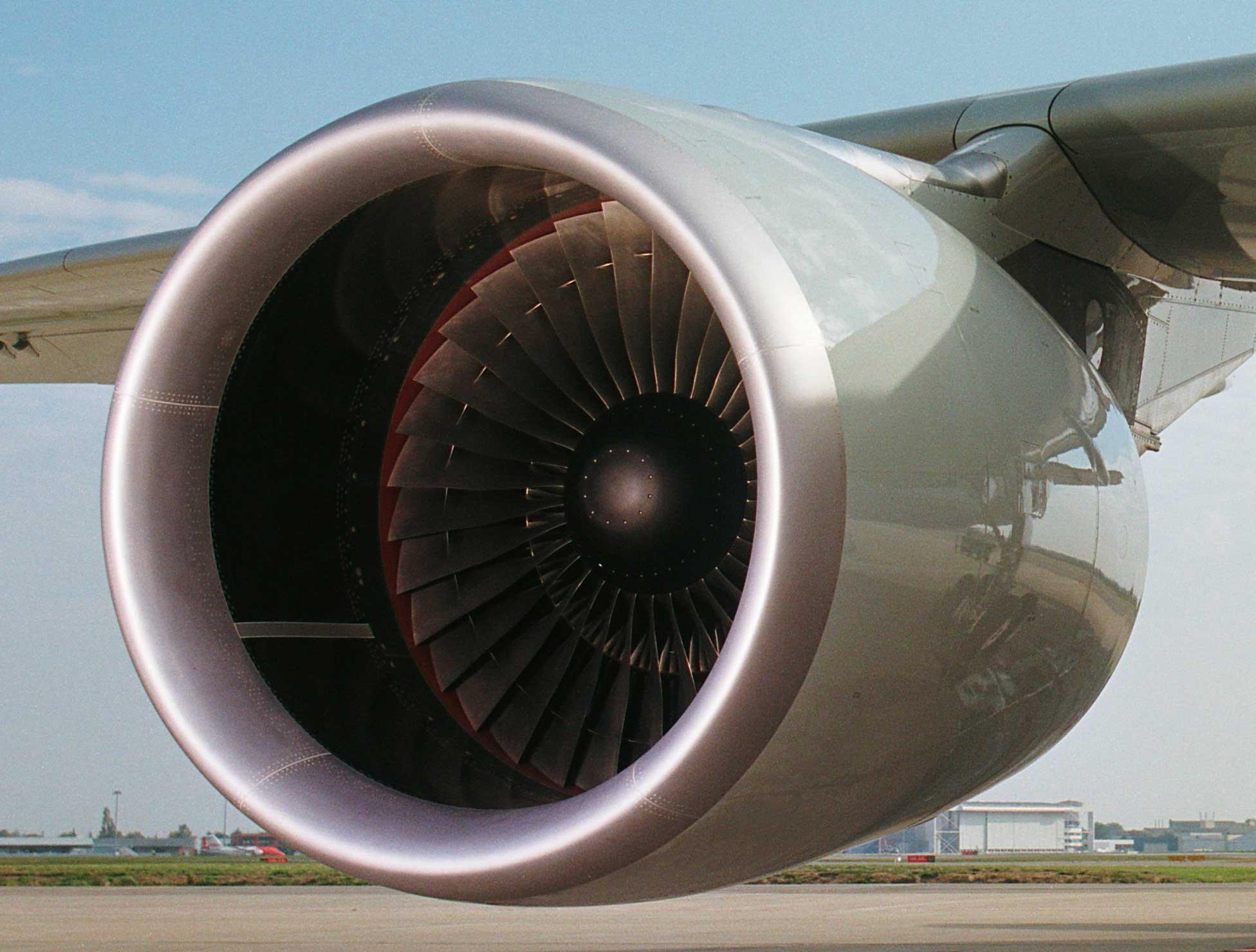
To conserve cash during the pandemic-induced liquidity crunch, many airlines have turned to green-time leasing to support their engine fleets.
“In the pandemic every short-term lease should be termed green-time leasing. The only difference is the objectives for the owners,” says Tom Barrett, president and CEO of Engine Lease Finance Corporation, in an interview with Engine Yearbook 2022.
Barrett adds that some engines on short term leases during the pandemic could return to a normal leasing profile as a recovery takes hold.
However, considerable uncertainty still exists about how quickly this will occur—uncertainty that drives demand for short engine leases.
“The COVID-driven uncertainty has resulted in shorter-term planning cycles and sensitivity to adding future liabilities, which further enhances the attractiveness of green-time lease engines to airlines,” Jason Barany, CEO and founder of Aero Capital Solutions, tells EYB 2022.
“Strong technical analysis and risk-adjusted pricing is critical to green-time leasing, at a level which is perhaps more important than the credit-focused underwriting with traditional operating engine leasing,” he adds.
Barrett, meanwhile, notes that “ELFC has always been aggressive in writing down our assets.”
“This has meant that we have all options available in times of crisis. In the pandemic, these options include: part-out; run-out leases—after which we will part out; short-term leases which may convert to longer term through the recovery; pooling type arrangements; and on rare occasions some form of power-by-the-hour-type deal."
For detailed coverage of the engine leasing market through the pandemic and into any recovery, see the forthcoming Engine Yearbook 2022.





